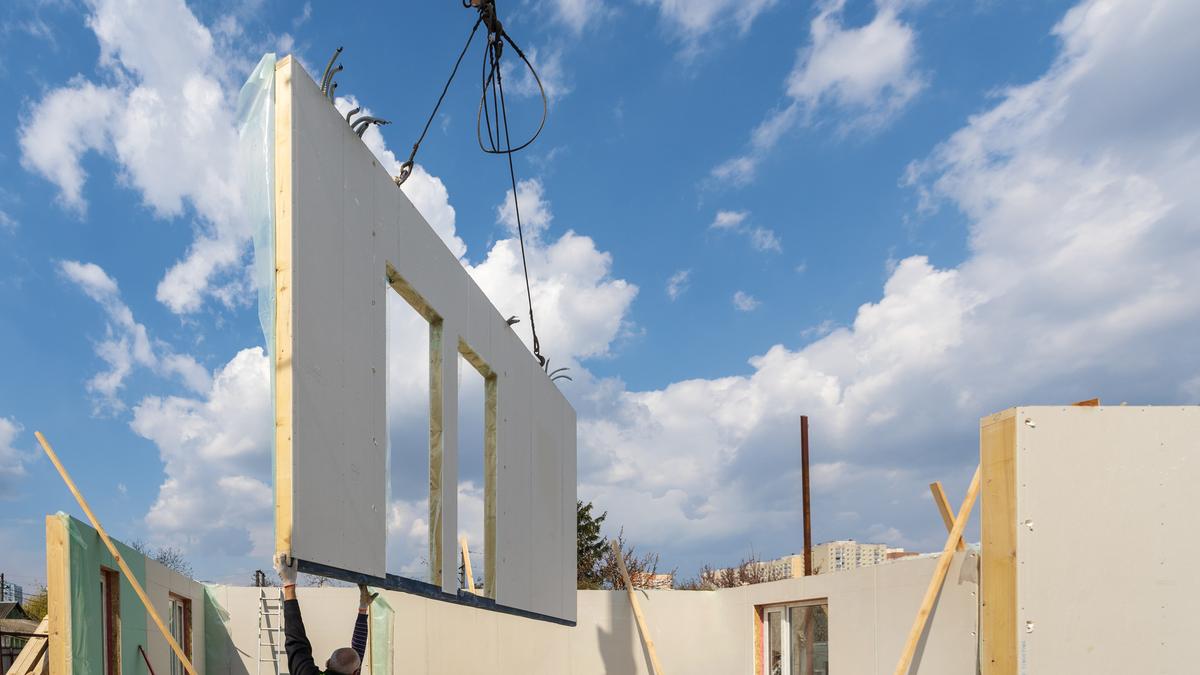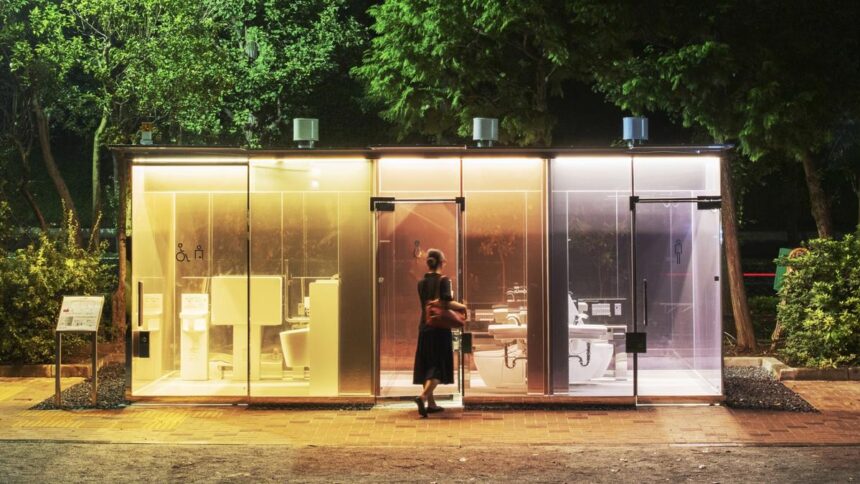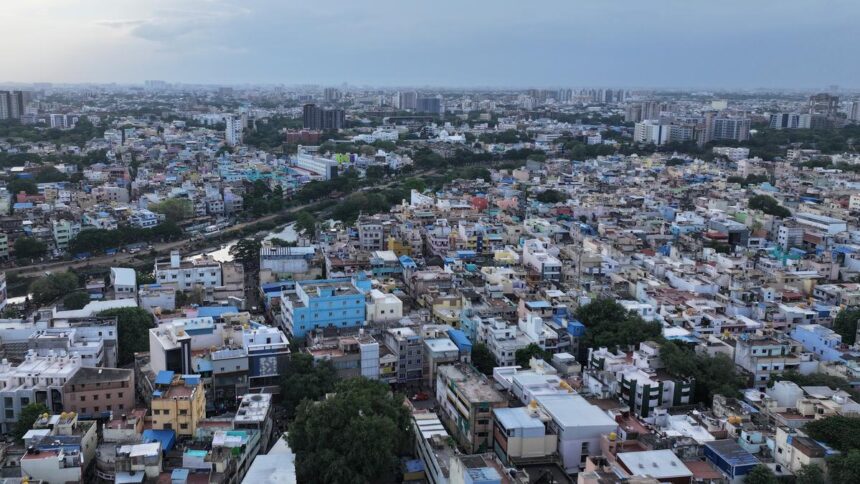The Indian real estate sector is undergoing immense change as prefabricated structures move from the margins of the building industry to disrupt conventional building techniques. Prefabricated structures currently account for only 1%–2% of the $100 billion Indian real estate market, but prefabricated technology is rapidly advancing, and some reports estimate the prefabricated market will grow from $2.7 billion in 2024 to $5.47 billion by 2030 at a compound annual growth rate of 12.32%. This level of growth makes it clear that prefabricated solutions are not just a flash in the pan; they will provide practical answers to problems such as urban housing shortages and construction delays. The leaders of the industry have already shown us the difference prefabricated structures can make with projects such as the seven-storey DRDO facility that was built in 45 days, and 96 prefabricated apartments delivered in 96 days for CIDCO. These projects illustrate the ability of the prefabrication process to outpace conventional processes so significantly that we may not even be able to frame the differences.
A catalyst
Government regulation will be a key driver in accelerating adoption, especially for affordable housing and smart city developments. The Pradhan Mantri Awas Yojana (PMAY) is becoming increasingly reliant on prefab to deliver on time. To build 18.8 million urban housing units sounds overwhelming enough, but the rollout of 500 prefabricated toilets along Ayodhya’s ghats demonstrates that there is a way to expedite projects incorporating modular construction through ready-to-assemble kits.
Prefab can ramp up execution speed while minimising waste, as well as enforce an overall reduction in resource consumption of 20%, enhance thermal efficiency with higher-grade insulation, and provide earthquake-resistant technology with lightweight steel frames. Not only does this align with India’s sustainability performance goals but it has also attracted luxury developers offering customisable high-technology homes with premium finishes.
Although it shows great promise, prefab construction has barriers to overcome. Many prospective buyers still have doubts about durability and overall aesthetics or design flexibility; many developers are still fearful of logistics costs and design rigidity. Regulatory fragmentation and the limited supply of skilled workers also inhibit adoption.
New policy reforms
Nonetheless, new policy reforms, including the introduction of blockchain-based land records and new REIT structures, are increasing the transparency of land and returning informal land ownership to a more equitable outcome. Urbanisation is now continuing to Tier 2 and Tier 3 cities through India’s Smart Cities Mission. In this context, it is clear that in terms of construction costs, prefab has the potential to be scaled to an entire industry.
The prefab industry is projected to grow to ₹1,904.8 billion by 2028 and is preparing the conditions for a revolution in the way we build in India. There are still prevailing market challenges to overcome, yet given prefab’s fit with sustainability, the quick acceleration of urbanisation, and its other myriad functions in driving technologies, it is likely not just a hopeful alternative but the only path forward in the market for Indian real estate.
The writer is chairman of Goel Ganga Developments – Annuj Goel Group
Published – August 01, 2025 03:57 pm IST























